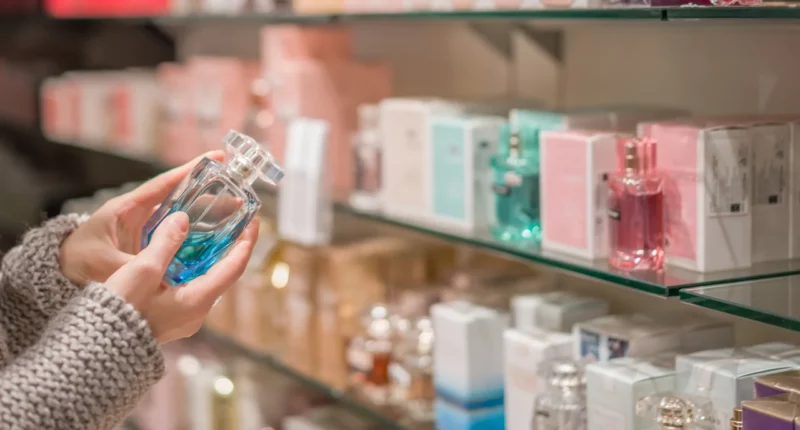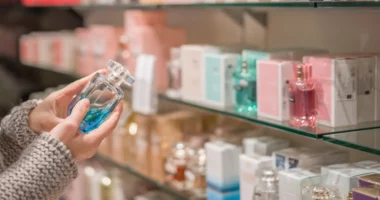Amidst economic uncertainties, certain indulgences endure—cosmetics being a prime example. While people cut back on bigger expenses, items like perfume remain constant in their shopping carts. These beauty products offer a modest and cost-effective way to feel pampered and add a touch of luxury to daily life.
In this topsy-turvy world, the fragrance industry, especially its upscale segments, is experiencing a surge in double-digit growth. However, the method of purchasing this affordable luxury in person is evolving, reshaping the entire experience.
Sephora, a major player in the beauty retail landscape, has initiated a notable change. The brand, known for its 2,700+ stores globally, has opted to remove perfumes and colognes from its shelves. Instead, fragrance samples are on display, with sales staff on standby to assist customers interested in purchasing. The company cited rising shoplifting figures for these items as the primary reason behind this shift, prioritizing the safety of both employees and customers.
This transition marks a significant departure from Sephora’s pioneering approach. The brand revolutionized how consumers interacted with beauty products when it entered the US market in 1998. Sephora’s unique selling point allowed customers to freely experiment with products in-store—trying, testing, and selecting items independently, unlike the traditional department store experience, where interactions with representatives were customary.

Sephora’s success defied initial skepticism. A 1998 New York Times article pondered if consumers would buy as much without aggressive sales pitches and whether they would adapt to a self-exploratory shopping experience. The resounding answers were affirmative, birthing a generation accustomed to this hands-on approach.
The recent shift in perfume shopping is reminiscent of an earlier era—a return to a shopping paradigm with more human interaction. For decades, Sephora offered a self-sufficient and personal shopping journey. Yet, there’s value in rediscovering human connections through sales interactions, a common practice for previous generations when purchasing items like perfume.
The way we procure these little luxuries intertwines with the experience of indulgence itself. A positive in-store experience complements the joy of purchase, just as a seamless online shopping interface enhances the satisfaction of an online buy. Sephora’s decision alters how consumers engage with fragrance products, steering away from a 25-year-old retail experiment and back to a traditional shopping pattern.
As fragrance sales soar, it’s intriguing to observe not just consumers’ perfume choices but also how their shopping experiences influence their perception of these little bottles of delight.





